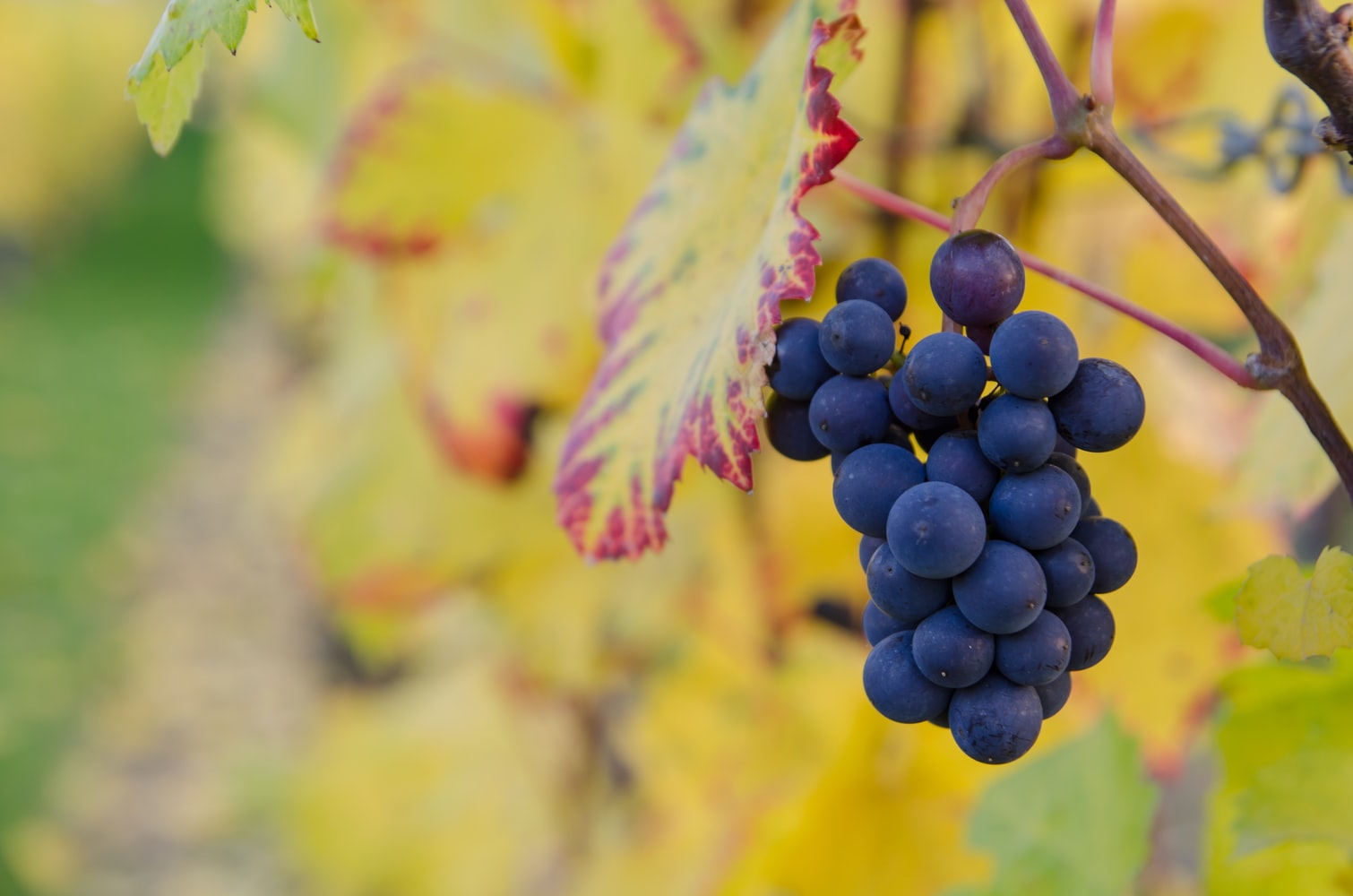Producing wine actually involves two separate steps: growing of the grapes known as Viticulture, and making of wine known as Vinification (nicknamed as viti-vini.) Although, the two steps can be completely separate. For example, some large wineries buy grapes from private grape growers .These growers don’t make wine ;they just grow grapes and sell them to whatever wine company offers them higher price per ton.
The vinification starts under two parts:
Fermentation: the period when the grape juice turns into wine
Maturation: The period following fermentation when the wine settles down, loses its rough edges and gets ready to meet the world
Winemakers don’t have as many options in making wine as chefs do in preparing food-but obvious! One of the most important decisions that a winemaker needs to make is what type of vessel the wine should live in during fermentation. These days, the three most popular fermentation vessels are made of oak (probably the hero), concrete, and stainless steel. These materials affect the makeup of the wine differently because they allow varying amounts of oxygen to be exposed to the wine within. Let’s take a look at how they differ:
When wood becomes magic!
Winemakers use oak barrels of 60 gallons in size, as containers of wine during fermentation/maturation. Oak allows for the gradual influx of oxygen, which will result in softened tannins and acid, and a rounder wine. French oak tends to give more subtle nuances like clove and spice to a wine and create a silkier texture, while American oak imparts more overt aromas of vanilla and coconut. Lastly, the level of toast(a charring of the inside of the barrels) on a barrel will also affect the flavours in the wine. A barrel with a medium toast will impart less charry and smoky characters than a barrel with a heavy toast.
In a nutshell, barrels lend flavours of vanilla, cedar, cloves and coconut flavours to wine (if you have a strong opinion regarding the flavour of oak in a wine, be sure you know the real story)
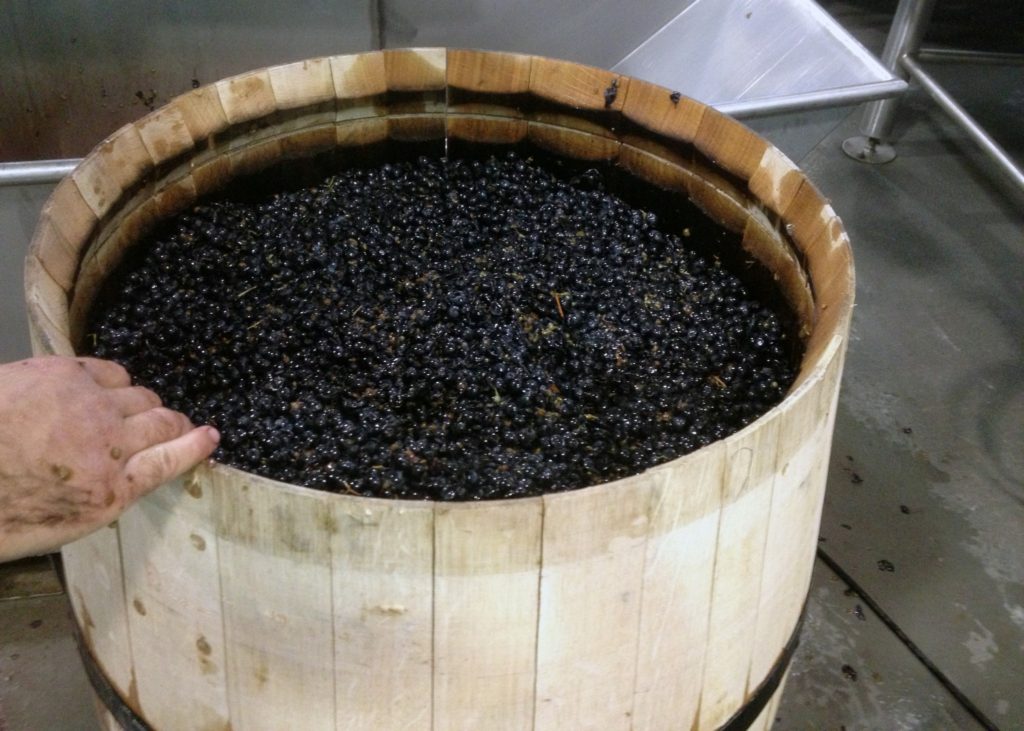
Barrel- fermented versus barrel-aged
- The barrel-fermented means that grape juice went into barrels(almost always oak) and into wine there
- The term barrel-aged usually means that wine (already fermented) went into barrels and stayed there for a maturation period –from a few months to a couple of years.
Also remember, Wines that ferment into barrels actually end up tasting less oaky than the wines that are simply age in barrels, even though they have spent more time in oak. That’s because juice interacts with the oak differently than wine does.
Stainless Steel tanks
Large tanks made of shiny, hygienic stainless steel are vessels of choice for most fermentations, whether for white or red wine. Wines fermented in stainless steel vessels are usually made in a more reductive (or rather, non-oxidative) fashion. The tank remains closed up when not being used, and inert gas is used to fill any headspace in the tank and displace oxygen. This makes for cleaner, fresher wines that are great for early drinking. The stainless steel material imparts no distinct flavour characteristics on the wine. Stainless steel tanks are very ideal for ferments that need to say bone-chilling cold, because they offer optimal refrigeration capabilities.
When you hear a winemaker or wine expert say that a particular wine was fer
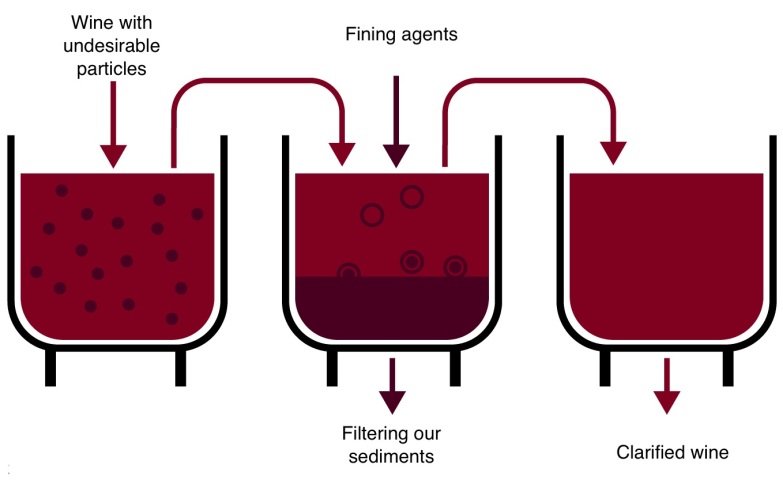
mented in stainless steels, understand her/him to mean something that one of the two things are true:
- The wine was not oaked at all, which is common for many aromatic-style –such as Rieslings ,for example-to preserve grapes’ own flavours
The wine was barrel-aged rather than barrel-fermented
Concrete
Concrete tanks have been used to ferment wine for as long as wine has been made. People stopped talking about them for a while, when the stainless steel hype arrived. Now, they’re quite cool again, and some winemakers have taken it to another level with egg-shaped concrete fermenters that promote the flow and movement of fermentation. Sometimes concrete tanks are large, square or rectangular shaped and open, while other times they are locked up just like stainless steel to avoid oxygen.Concrete is somewhere in the middle (between oak and stainless steel tanks)—allowing for extremely slow, trace amounts of oxygen exchange. According to some winemakers, concrete will even impart a kind of mineral element in wine. This last point is extremely controversial, however, as many winemakers say there’s no exchange, especially if concrete is lined with an epoxy. They attribute any mineral overtones, or bright aromatics, to the wine’s mouthfeel and the natural flavours shining more from grapes, all thanks to concrete’s neutral impact.
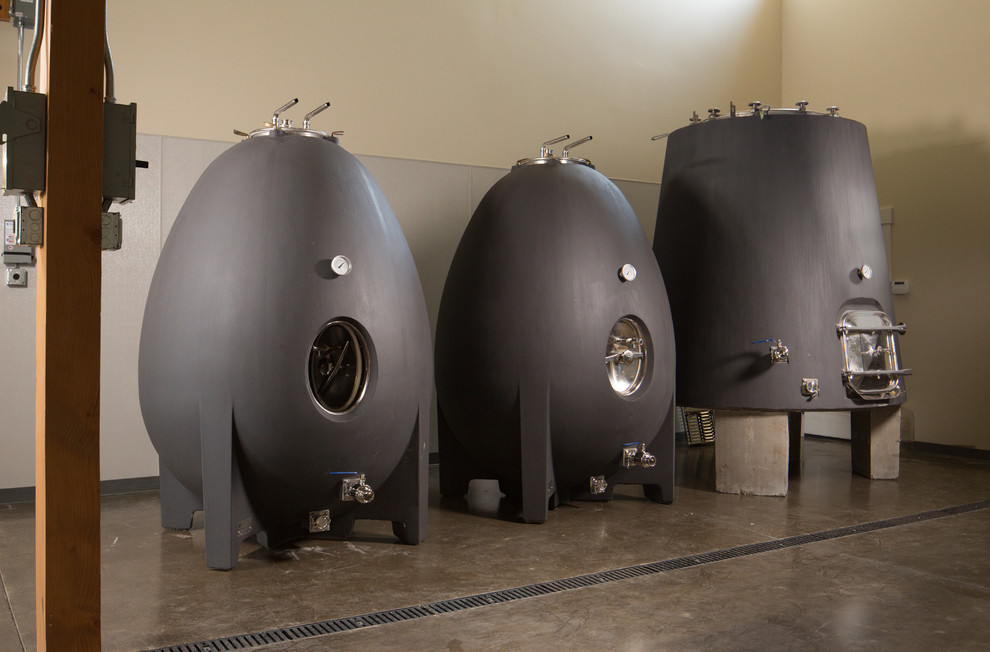
Creativity is key as they say, some producers will put half of a batch in oak and the other in an egg, or ferment in stainless steel and age in oak. Regardless, these vessels are responsible for nurturing our wines in their early stages, and in the case of oak… keeping them cozy for a while until they’re ready to make their debut!
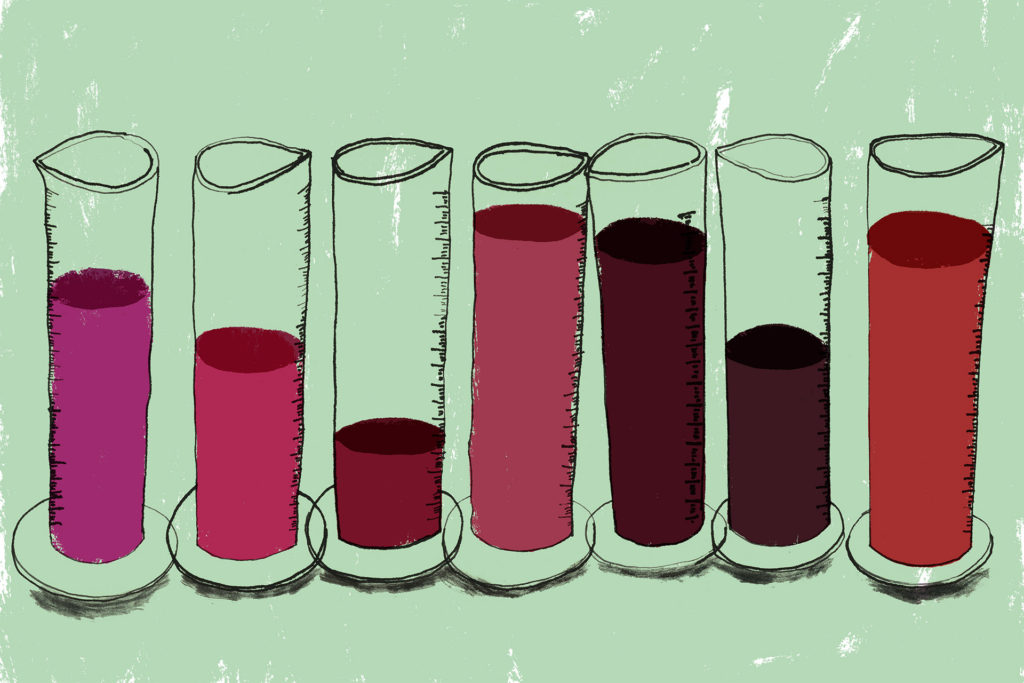
Showing off some technical terms
- Maceration Time: Winemakers often talk about maceration time (i.e. skin contact) and cold soaking. Both of these terms refer to how long the grape skins touch the juice while it turns into wine. Cold soaking is a process that happens before there’s alcohol in the mix. By keeping the grapes cold, the grape must is too cold for yeast to start fermenting. The purpose of cold soaking is to carefully extract colour and fruit flavours from the skinswithout extracting bitter tannin. The total time that grape skins touch a wine is maceration time.
- Lees:Lees is the name for various solids, such as dead yeast cells, that precipitate at the bottom of wine after fermentation. These solids can interact with the wine and can create more complex flavours.
- Malolactic fermentation: nicknamed as ML or malo, is the secondary fermentation that weakens the acids in the wine, making the wine softer and less acidic.ML usually happens naturally ,but winemaker can also incite it or prevent it.ML is a stylistic judgement call on the winemaker’s part ,as it can contribute a buttery flavour to a white wine ,but also diminishes its fresh fruitiness.
- pH: The chemical term pH means exactly the same thing for wine as it did in our chemistry classes, measurement of acidity. To be precise, pH is a measurement of acidity,wines with low pH (approx. 3.4 or less) have stronger acidity and wines with higher pH have weaker acidity. But all wines have acidity.
- Temperature control: The modern age of winemaking began when winemakers were able to control scientifically the temperature of their fermentations by using stainless steel tanks with cooling jackets or by various computer-operated cooling devices. Because the temperature of the fermentation affects the final style of wine, temperature control is critical.
- Soft tannins: Soft tannins give wines richer texture and an impression of substance without tasting bitter, other tannins are astringent and bitter.
- Micro-oxygenation: aka micro-ox, is the introduction of teeny, tiny bubbles of oxygen into the winemaking process to soften the overbearing structure and make the wines more approachable at a younger age. One effect is that,it can mimic the gentle, steady exposure to oxygen that barrel-aged wines receive as they mature in wood, and thus help red wines develop softer tannins and more stable colour without using any actual oak.
- Fining and filtering: Winemakers fine and filtermost wines near the end of their of their maturation period. The purpose of these procedures is to clarify the wine-that is, to remove any cloudiness or solid matter in the wine and stabilize it- to remove any yeast, bacteria or other microscopic material that can change the wine for worse after its bottled.
- Blending: This term usually applies to the process of making a wine from more than one grape variety .Winemakers usually ferment the different grape varieties separately and then blend their wines together.
Acceptable reason for blending is to improve the quality of the wine by using complementary grapes whose characteristics enhance each other.Many of Europe’s traditional wines, such as Champagne, Cava, red Rioja, red Bordeaux, and Châteauneuf–du–Pape are blended wines that owe their personalities to several grapes.So, next time you enjoy a glass of wine don’t forget to appreciate the efforts that goes into making. Cheers!!


